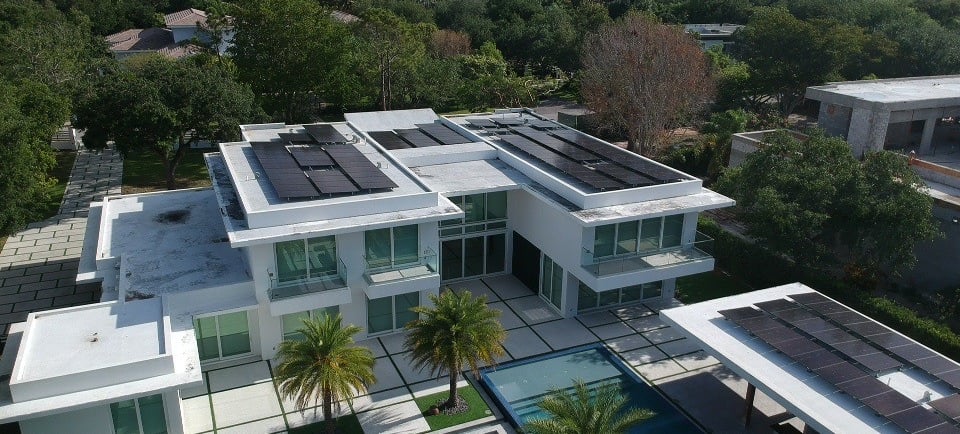The Growing Trend of Solar-Powered Roofs: A Statistical Overview
Renewable energy efficient alternatives are here to stay. Here are the stats behind the trend:
Pangea SUN Solutions
6/7/20243 min read


As the world continues to grapple with the challenges of climate change and the need for sustainable energy solutions, solar power has emerged as a viable and increasingly popular alternative. One of the most visible manifestations of this shift is the proliferation of solar panels on residential roofs. This blog post delves into the statistics behind this trend, comparing the prevalence of roofs with solar panels to those without, and examining the factors driving this transformation.
The Rise of Solar Panels
Over the past decade, the adoption of solar panels on residential roofs has seen a significant uptick. According to the Solar Energy Industries Association (SEIA), the number of solar installations in the United States alone has grown exponentially, from around 314,000 in 2014 to over 2 million by 2020. This represents a more than sixfold increase in just six years, underscoring the rapid embrace of solar technology by homeowners.
Globally, the numbers are even more impressive. The International Energy Agency (IEA) reported that solar PV capacity grew by 22% in 2020, with residential installations accounting for a substantial portion of this growth. In countries like Germany and Australia, where solar incentives and favorable policies are in place, the penetration rates are particularly high. Germany, for instance, boasts that nearly 10% of homes have solar panels, while in Australia, the figure is approximately 30%.
Comparing Solar-Powered Roofs to Conventional Roofs
To provide a clearer picture, let's delve into some comparative statistics:
United States:
Homes with Solar Panels: As of 2023, approximately 3 million homes in the U.S. have installed solar panels.
Total Homes: There are about 140 million homes in the U.S.
Penetration Rate: This equates to around 2.1% of homes having solar panels.
Germany:
Homes with Solar Panels: Around 2 million homes.
Total Homes: Approximately 41 million.
Penetration Rate: Close to 4.9%.
Australia:
Homes with Solar Panels: Over 3 million homes.
Total Homes: About 10 million.
Penetration Rate: 30%.
Factors Driving the Adoption of Solar Panels
Several key factors are contributing to the increasing adoption of solar panels on residential roofs:
Declining Costs: The cost of solar panel installation has dropped dramatically, making it more affordable for homeowners. According to the SEIA, the cost of solar installations has decreased by more than 70% over the last decade.
Government Incentives: Tax credits, rebates, and other incentives provided by governments worldwide have played a crucial role. In the U.S., the federal solar investment tax credit (ITC) offers a 26% tax credit for residential solar systems installed before the end of 2022.
Environmental Awareness: Growing awareness of environmental issues and the desire to reduce carbon footprints have motivated many homeowners to switch to solar energy.
Energy Independence: Solar panels offer homeowners the ability to generate their own electricity, reducing reliance on the grid and protecting against rising energy costs.
Technological Advancements: Innovations in solar technology, such as higher efficiency panels and improved battery storage solutions, have made solar power more attractive and viable.
The Future Outlook
The future looks bright for solar energy. The IEA projects that solar power will become the largest source of electricity globally by 2035, surpassing even coal and natural gas. As technology continues to improve and costs decline further, we can expect the penetration rates of solar-powered roofs to increase significantly.
In conclusion, the trend towards solar-powered roofs is not just a passing fad but a fundamental shift towards sustainable energy solutions. The statistics clearly indicate a growing acceptance and adoption of solar panels, driven by economic, environmental, and technological factors. As we move forward, the sight of solar panels adorning rooftops is likely to become an increasingly common and welcome one.
References
Solar Energy Industries Association (SEIA). "U.S. Solar Market Insight."
International Energy Agency (IEA). "Renewables 2020."
Australian Government Clean Energy Regulator. "Postcode data for small-scale installations."
Federal Energy Regulatory Commission (FERC). "Energy Infrastructure Update."
